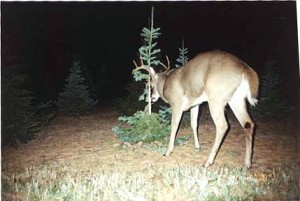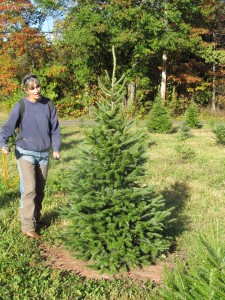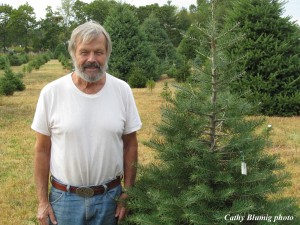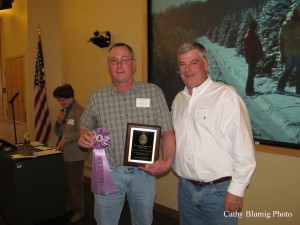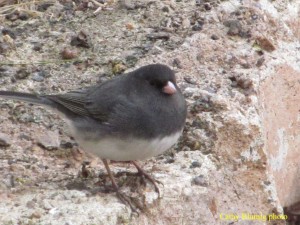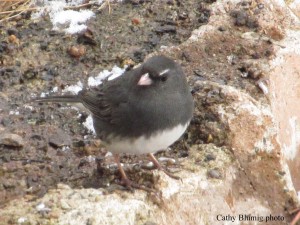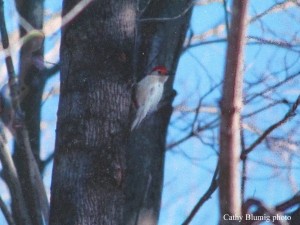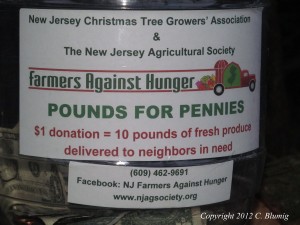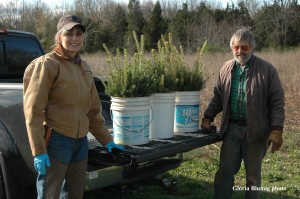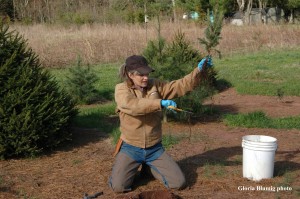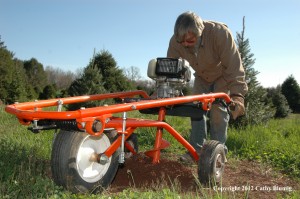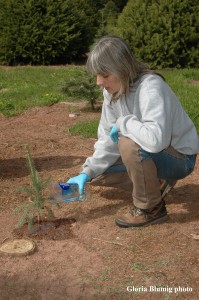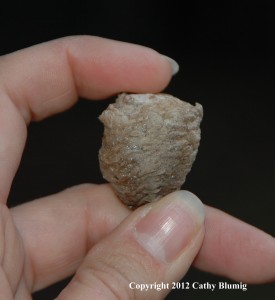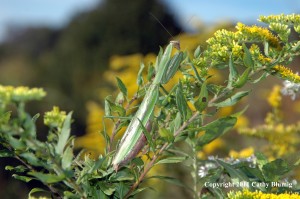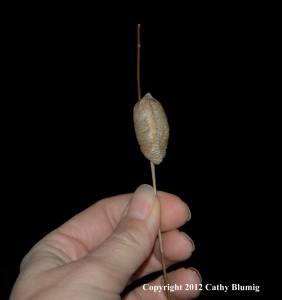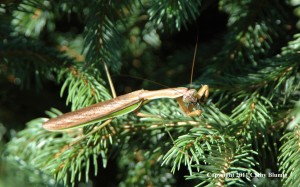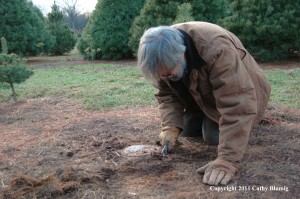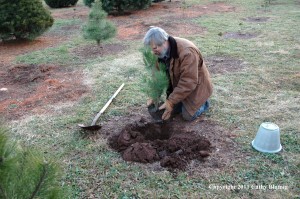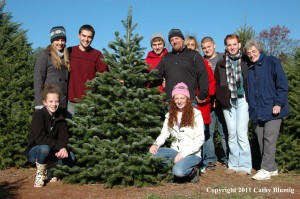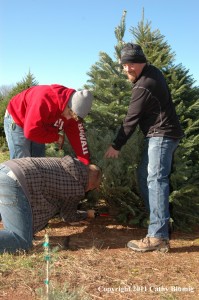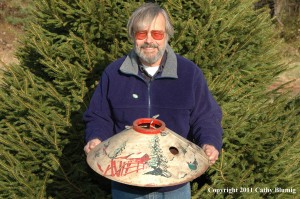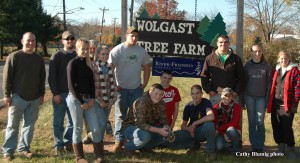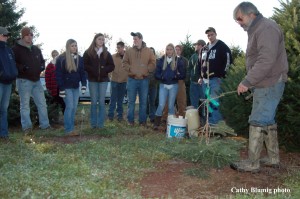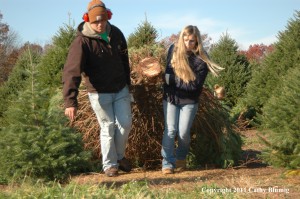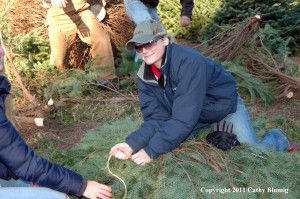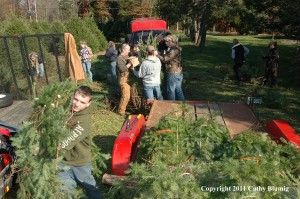It’s Christmas tree time! Here’s the low-down on getting a tree from our farm in 2023:
We plan to be open for only TWO DAYS this year: Saturday, November 25th, and Sunday, November 26th, from 9am – 4 pm. What could alter those dates? We could run out of trees, the weather could be especially bad (though we usually operate rain or shine, but you never know), etc. Therefore, its a good idea to CALL 732-873-3206 the evening before or morning of when you plan to visit and listen to the message for updates. As an aside, WE DO NOT HAVE/MAINTAIN A FACEBOOK PAGE.
How much are the trees this year? Despite rising costs, still $60 each, no matter the species or size (the same price as the previous two years). We accept cash, checks and credit cards (so long as the card reader is behaving itself) as forms of payment.
Which species of trees do we have? White pine, scotch pine, Canaan fir, concolor fir, Colorado spruce and Norway spruce. We have trees that are in the 5 1/2′-6′ range, and a few (very few) that are taller than that, but most are shorter than 5 1/2 feet.
Do you need to bring a saw? Nope. We have hand saws you can use, and also farm staff who will cut the tree if you prefer. If you want to cut the tree yourself, we suggest sturdy leather/canvas gloves to protect your hands, and clothes/footwear that you don’t mind getting dirty (this is a working farm, after all). Do NOT bring an ax to cut your tree!
Can we take pictures? Only AFTER A TREE IS PURCHASED. Anyone who has come to our farm knows that we don’t have a huge parking area. When people come to the farm with the sole intent of using it as a photo backdrop they are taking up valuable parking space as well as contributing a significant amount of wear-and-tear on our grounds. We don’t need the extra traffic either. Therefore, we require that a tree be purchased before any photos are taken. Our farm staff are often happy to take photos of your group with your purchased tree!
More Questions? Give a call or send an email, but please be aware we’re spending lots of time in the field these days but we do our best to get back to you as soon as we can.
MERRY CHRISTMAS!!
